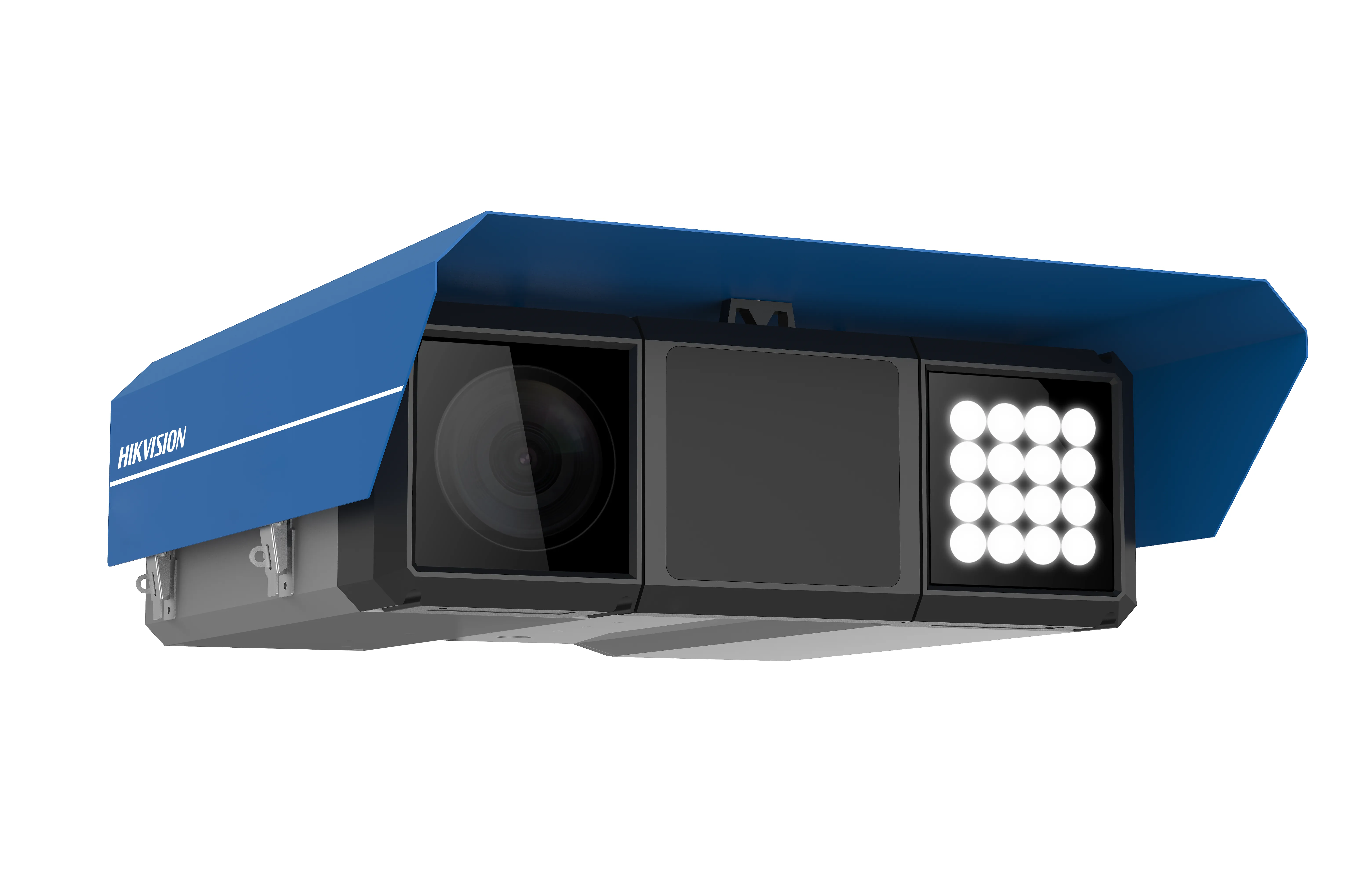
Operational benefits on offer from an innovative system of lowering CCTV cameras have reached the canal system of Zeeland in the Netherlands. Canal operator Rijkswaterstaat (RWS) is currently installing cameras that can be raised and lowered as it introduces a system of remote monitoring and control to canal lock sites.
The cameras are lowered and raised on a mounting system supplied by
Having CCTV cameras that can be manually lowered for cleaning and maintenance means no need for work at height. For RWS it also means a big reduction in time that canal locks are out of service.
“If the cameras were fixed at height, it would mean a downtime of eight hours per lock every two weeks to allow cleaning and routine maintenance,” said MG Squared international business development manager Matt Mogle.
“It’s hard to quantify exactly how much time and cost is being saved by being able to manually lower and raise CCTV cameras, but it can be imagined we’re talking about a lot of potential benefit. RWS is initially looking to remotely monitor and operate a network of around 20 locks in Zeeland.”
So far, RWS has finished installing MG Squared’s camera poles at the Kreekrak Lock and the West Lock of Terneuzen in Zeeland and is working on a third (Terneuzen East). Each site has two locks for bi-directional navigation, around 300m in length. Two rows of eight CCTV cameras are mounted on poles 25m high and 40m apart so that operators can view the entire length and width of each site on an array of screens at a single control centre.
“Hopefully this is the start of a large new market for us,” Mogle said. “Anywhere that CCTV cameras are installed and needing to be maintained, there are significant safety and cost benefits from not having maintenance work carried out at height.”










